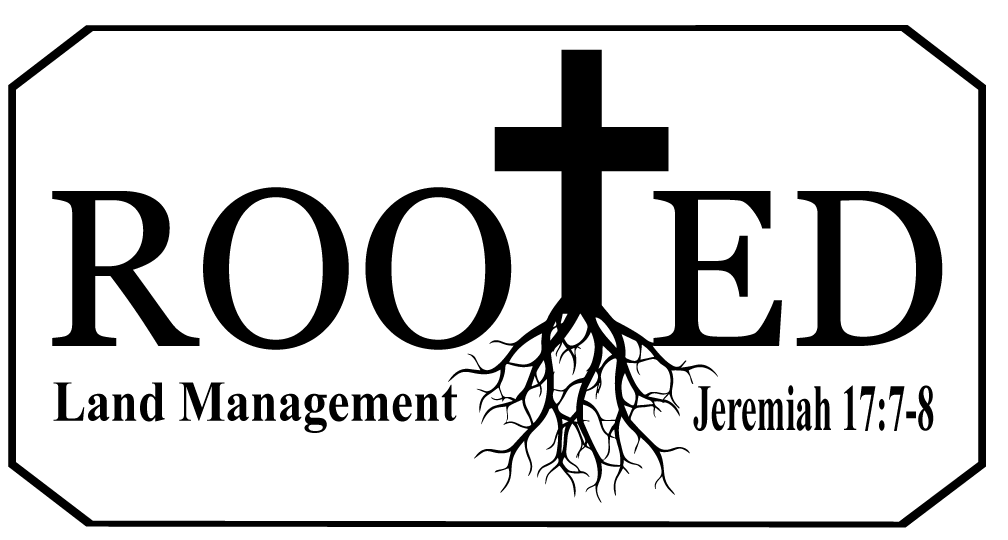Firing Up the Habitat: How Controlled Burns Boost Land and WildlifeDevelopment
When it comes to land management, few tools are as powerful—or as misunderstood—as controlled burning. Also known as prescribed fire, controlled burning is the strategic use of fire under specific weather conditions to manage vegetation, improve habitat, and enhance ecosystem health. Far from being destructive, fire has been a natural part of North American landscapes for…
Feeders on the Farm: Weighing the Pros and Cons for Wildlife onYour Hunting Property
Wildlife feeders have become a staple on many recreational hunting properties across the country. Whether you’re targeting whitetail deer, wild turkeys, or a variety of other game species, feeders can offer benefits in attraction and supplemental nutrition. However, like any land management tool, feeders come with trade-offs that landowners must carefully weigh. In this article,…
Planting with Purpose: How Fruit, Oak, Chestnut, and PersimmonTrees Enhance Year-Round Wildlife Nutrition
Creating a thriving wildlife habitat takes more than simply letting the woods grow wild. One of the most effective long-term investments a landowner can make is planting a diverse array of mast- and fruit- producing trees. By strategically choosing species such as fruit trees, oaks, chestnuts, and persimmons, you can provide high-quality nutrition throughout the…
The Path to Success: Why Multiple Access Routes to Your Hunting Stand Matter
One of the most overlooked aspects of successful hunting isn’t your weapon, your stand, or your camouflage—it’s how you get in and out of your hunting spot. Developing multiple ingress (entry) and egress (exit) routes to your hunting stands and across your property is a critical piece of the puzzle that can make or break your chances…
More Than Money: The Different Types of ROI from Recreational Land Ownership
When people talk about return on investment (ROI), the conversation typically revolves around financial profit. But for those who own or invest in recreational land—whether it’s for hunting, fishing, habitat improvement, or simply unplugging from the fast pace of life—the returns go well beyond dollars and cents. Recreational property offers a unique blend of tangible and…
Building Value from the Ground Up: How Recreational Land DevelopmentIncreases Property Worth and Income Potential
For many landowners, recreational property is more than a weekend getaway or a place to hunt—it’s a long-term investment. What’s often overlooked, however, is just how much value can be added to a property through purposeful recreational land development. From wildlife habitat improvements to access infrastructure and aesthetics, the steps you take to enhance your land…
Finding the Right Fit: Comparing Food Plot Sizes for Your HuntingProperty
Whether you’re managing 50 acres or 500, one of the most important habitat management decisions you’ll make is how large—or small—your food plots should be. Food plots are a cornerstone of modern land and wildlife management, but the size of each plot can greatly influence its effectiveness for attraction, nutrition, and huntability. There is no…
Planting with Purpose: How Food Plots of All Sizes EnhanceWildlife Nutrition and Save You Money
Managing a recreational hunting property is about more than just attracting game—it’s about building a sustainable, thriving ecosystem that supports wildlife throughout the year. One of the most powerful tools in a landowner’s arsenal is the food plot. Whether it’s a small 1/10-acre hidey hole or a multi-acre destination field, planting diverse food plots in…
Should You Install High Fences on Your Recreational HuntingProperty? Pros and Cons Explained
When it comes to managing recreational hunting land, few topics stir as much debate as the decision to install high fences. Often called “game fencing” or “deer fencing,” these structures—usually 8 feet or higher—are designed to enclose a property and keep game animals, particularly whitetail deer, contained within the boundaries. While high fences can offer…
Smart Stewardship: Why Contracted Land Management May Be theBetter Choice for Your Recreational Property
Managing a recreational hunting property is no small task. Whether you own 100 acres or 1,000, developing habitat, maintaining access, installing food plots, controlling invasives, and enhancing wildlife potential require consistent time, labor, and expertise. Many landowners face a common decision: Do you hire a full-time caregiver or resident land manager, or contract a land management…
